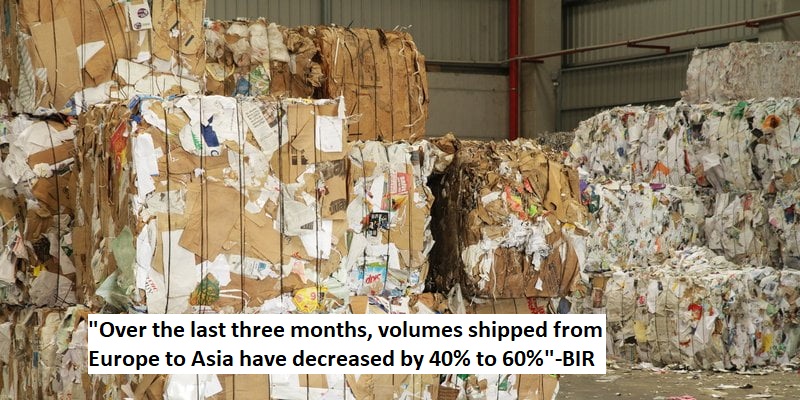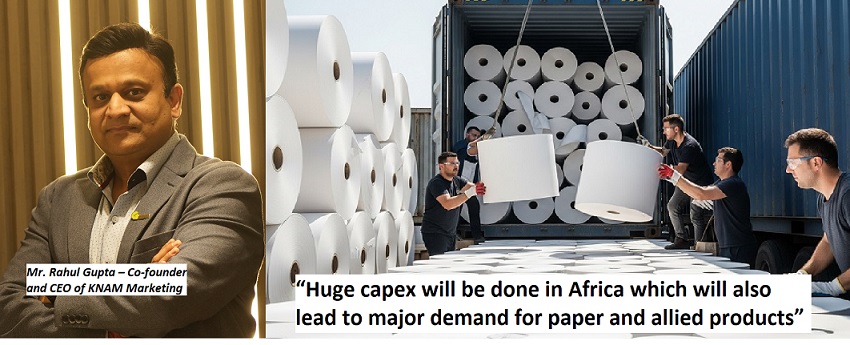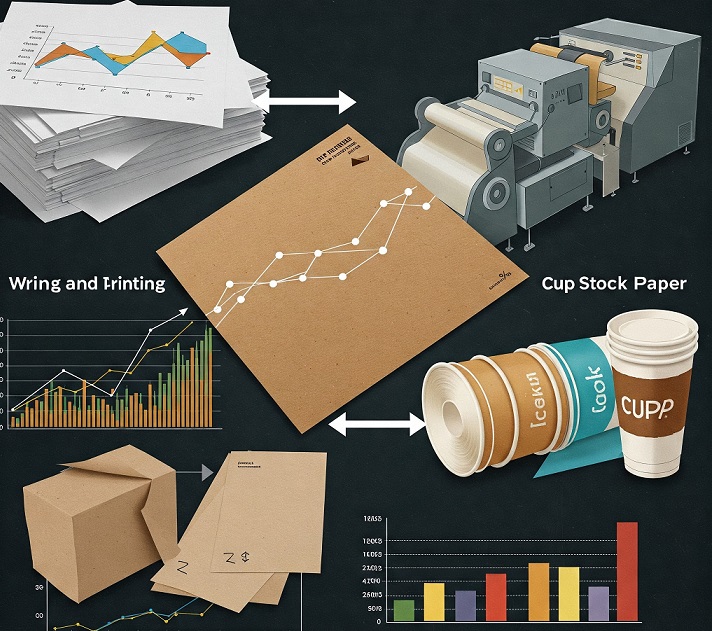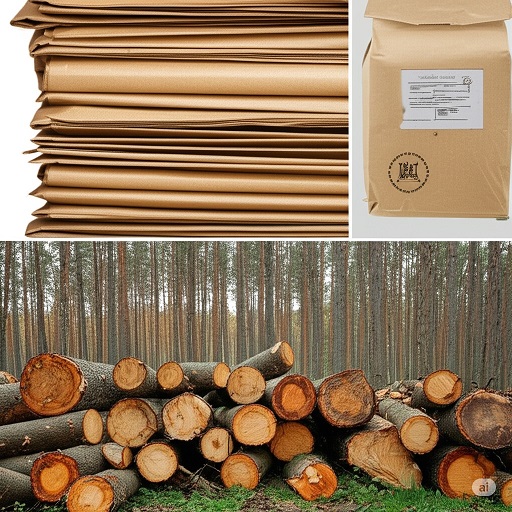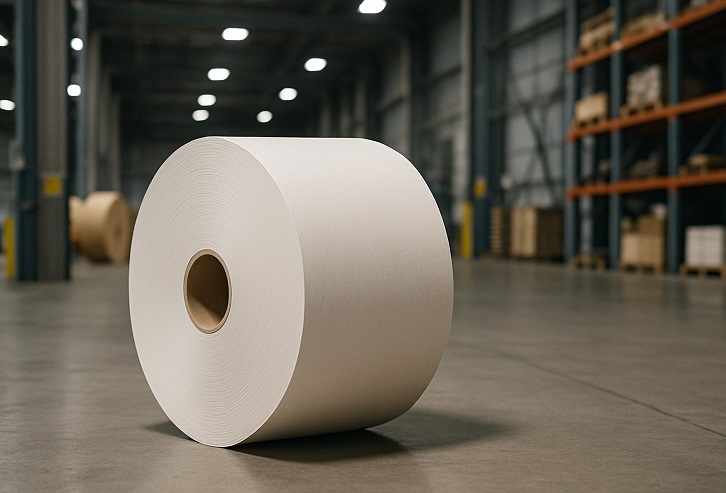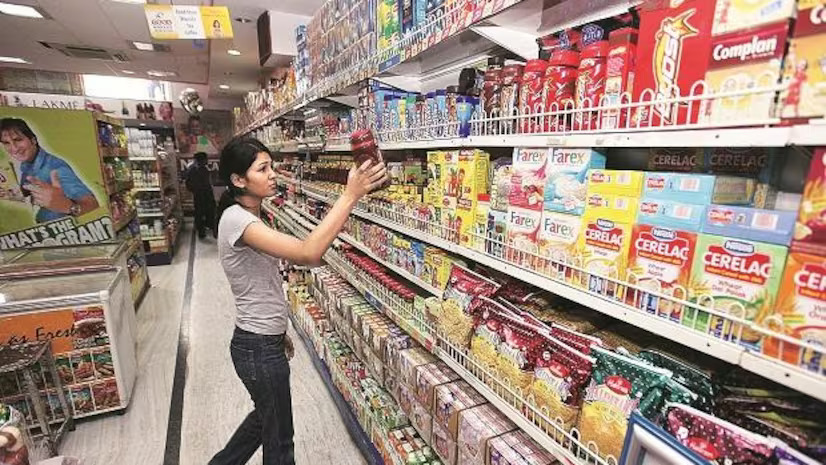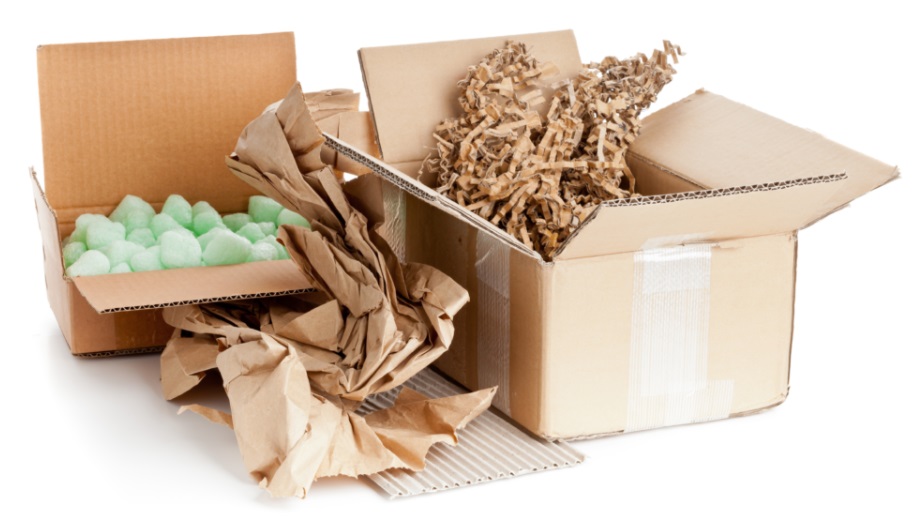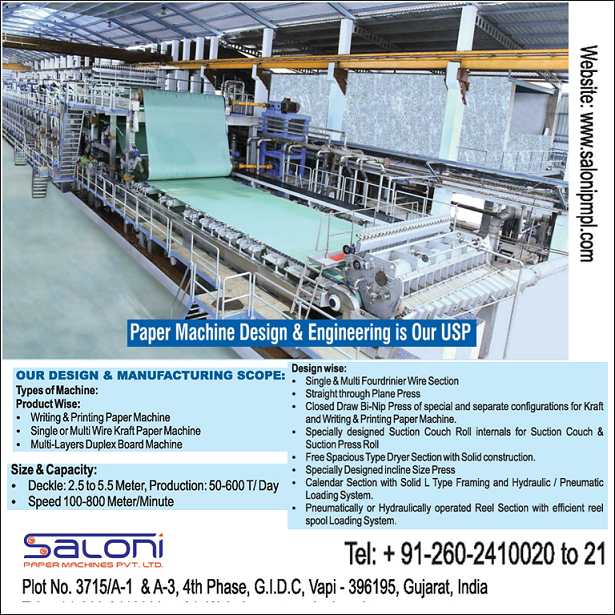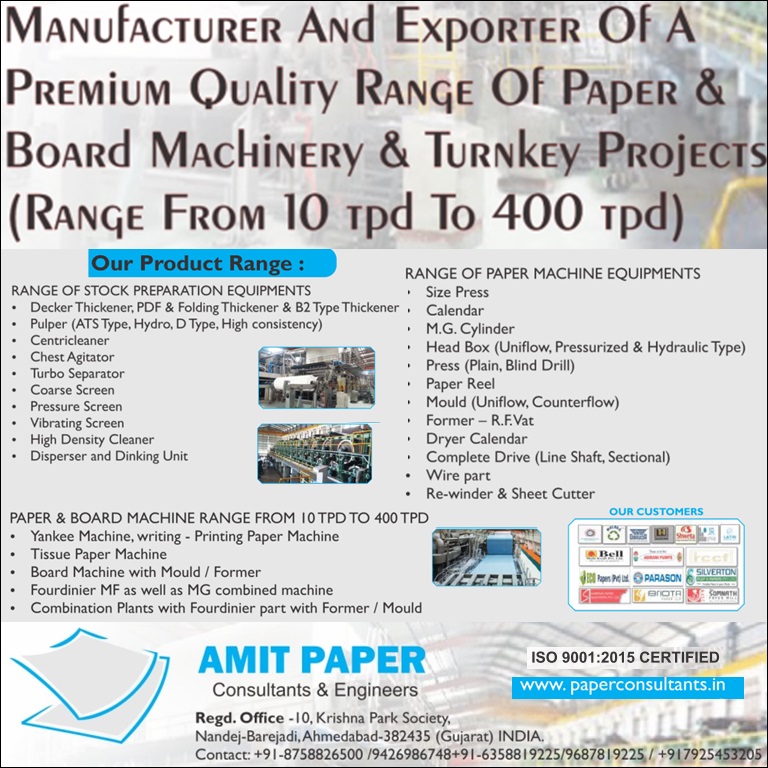Barrier Paper can unlock $4 billion Indian market by 2030 — India’s next big leap in sustainable packaging, says Ashraf Nathani at IPPTA
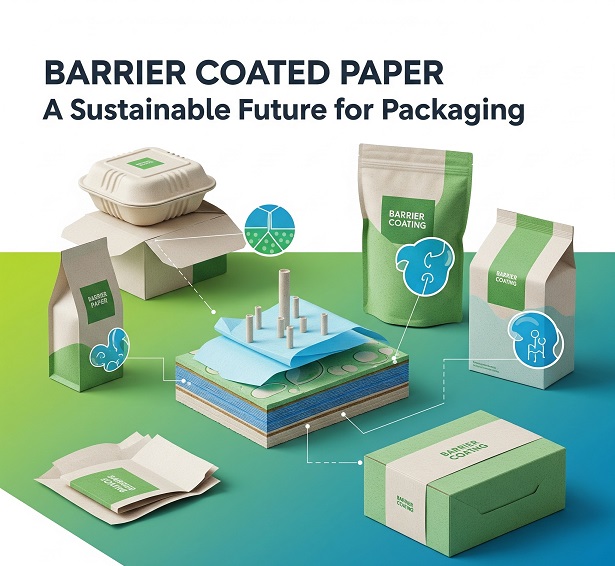
Barrier Paper can unlock $4 billion Indian market by 2030 — India’s next big leap in sustainable packaging, says Ashraf Nathani at IPPTA
-Global barrier paper market is valued at $12–14 billion and is growing at 5% CAGR
-Beyond food, barrier-coated papers are proving invaluable in industrial packaging
The Pulp and Paper Times
New Delhi: Speaking at seminar on barrier coating of paper to replace single-use plastic, organised by the Indian Pulp & Paper Technical Association (IPPTA), Mr. Ashraf Nathani, Managing Director of Mehali Paper Mill, highlighted the urgent need for India’s paper industry to embrace barrier-coated paper as a sustainable alternative to plastic-based packaging. His detailed presentation explored both the technical and market opportunities surrounding this shift.
The Indian paper industry is on the cusp of a significant transformation, with barrier-coated papers emerging as a key driver for sustainable packaging solutions. Mr. Nathani predict a doubling of the market in India over the next decade, fueled by increasing consumer awareness, stricter government regulations, and a growing demand for eco-friendly alternatives to plastic.
Traditionally, packaging has relied heavily on plastics and aluminum foil to provide essential barriers against moisture, oxygen, grease, and aroma. However, concerns about environmental impact and the presence of carcinogens, especially when hot food comes into contact with plastic, are accelerating the shift towards paper-based solutions.
"The benefit is that the product is no longer directly in contact with plastic, and it avoids carcinogens, especially considering that our Indian food is generally hot served," He stated.
Key Drivers for Barrier-Coated Paper Adoption:
• Consumer Preference for Freshness: Indians' love for fresh food demands effective oxygen barriers to prevent spoilage and maintain crispness in products like chips.
• Moisture and Grease Resistance: Essential for packaging items like frozen foods, paper straws (which notoriously get soggy), and traditional Indian snacks like samosas and vadas, barrier coatings prevent liquids and oils from soaking into the paper.
• Aroma and Flavor Preservation: Specialized coatings can lock in desired aromas and prevent external odors from contaminating food products, addressing a subtle yet important aspect of food quality.
• Regulatory Push: Strict regulations in Europe and North America are leading the adoption of sustainable packaging, and India's ban on single-use plastics is acting as a crucial inflection point, nudging the industry towards eco-friendly solutions.
• FMCG Commitments: Major FMCG brands operating in India are aligning with their global sustainability commitments, demanding recyclable products and driving the demand for barrier-coated papers in snacks, biscuits, spices, tea, and ready-to-eat foods.
• E-commerce and Food Delivery Boom: The massive growth in platforms like Swiggy and Zomato is seeing an increased use of paper-based packaging, including corrugated cartons and cups, with a gradual shift towards coated, and eventually, non-laminated barrier-coated options.
• Industrial Applications: Beyond food, barrier-coated papers are proving invaluable in industrial packaging. For instance, a company called Coreek is utilizing these papers to provide corrosion resistance for exported engineering goods and auto parts, effectively replacing poly wraps.
Rethinking Packaging — The Barrier Paper Advantage
Mr. Nathani emphasized that barrier-coated paper prevents direct contact between food and plastic, reducing the risk of carcinogens — a crucial factor considering Indian food is often served hot, such as curries and tea.
"With paper coated using barrier technology, products avoid plastic contamination while retaining freshness, preventing sogginess, and resisting grease," Nathani explained.
Global Trends and India’s Emerging Market
Nathani cited that the global barrier paper market is valued at $12–14 billion and is growing at 5% CAGR. While Europe and North America lead due to stricter regulations, India is on the brink of significant growth, with expectations of the domestic market reaching $4 billion by 2030.
"The ban on single-use plastics is an inflection point. Combine this with the rise of food delivery platforms like Swiggy and Zomato, and the demand for sustainable packaging solutions in India is set to explode," Nathani noted.
He further added that many states in India have already banned laminated paper cups, pushing the demand for compostable, barrier-coated paper alternatives.
Challenges and Opportunities:
While the potential is immense, challenges remain. Cost is a primary concern, with barrier-coated paper currently being significantly more expensive than PE-coated board. Industry stakeholders believe that increased volumes will eventually drive down prices, making it more viable for value-conscious Indian consumers.
Another challenge lies in the quality of Indian paper itself, with issues like surface smoothness, absorption, and pinholes affecting the final barrier performance. Improvements in paper quality are crucial for the widespread adoption of these advanced coatings.
Despite these hurdles, the industry is optimistic. The global market for barrier coatings is estimated at $12-14 billion, with a projected CAGR of at least 5% over the next decade. India and China are expected to be major demand centers due to their large populations and economic growth.
The Indian paper industry is confident in its ability to adapt and innovate, leveraging its inherent environment-friendly nature. Collaboration, data sharing, and strategic partnerships are seen as key to reducing the learning curve and accelerating the transition.
"The shift is clear," concluded an industry expert, "and this paper as an environment-friendly biodegradable alternative is something that we also need to market. The transition is more than a business move; it's a way to build trust, improve public perception, and position the paper industry as a leader in sustainable innovation." The future envisions a world where everyday items are delivered in packaging that is predominantly paper-based, safely and invisibly protected by sustainable barrier-coated solutions, leaving no harmful trace at the end of their life.
A Call for Collaboration and Change
Mr. Nathani advocated for stronger collaboration between stakeholders — from paper manufacturers to brand owners — to accelerate adoption. "Global FMCG brands operating in India are already pushing for recyclable and compostable packaging as part of their sustainability commitments," he said.
He also criticized misconceptions about the paper industry, citing humorous examples where ATM slips warn against printing “to save the environment.” “This is unfair. Paper is renewable, recyclable, and compostable — we should be proud to promote that,” he asserted.
Conclusion: Paper as the Future of Sustainable Packaging
Nathani concluded by saying, "The transition to barrier-coated paper is not just a business opportunity — it’s an environmental responsibility. Let’s envision a future where your next bag of chips, cup of chai, or online order arrives in a package made safely with sustainable barrier-coated paper, silently doing its job and leaving no harmful trace behind."
Web Title: Barrier Paper can unlock $4 billion Indian market by 2030 — India’s next big leap in sustainable packaging, says Ashraf Nathani at IPPTA





 Join WhatsApp Group
Join WhatsApp Group Join Telegram Channel
Join Telegram Channel Join YouTube Channel
Join YouTube Channel Join Job Channel (View | Submit Jobs)
Join Job Channel (View | Submit Jobs) Join Buy Sell Channel (Free to Submit)
Join Buy Sell Channel (Free to Submit) Paper News Headlines Channel (Free to read)
Paper News Headlines Channel (Free to read)




